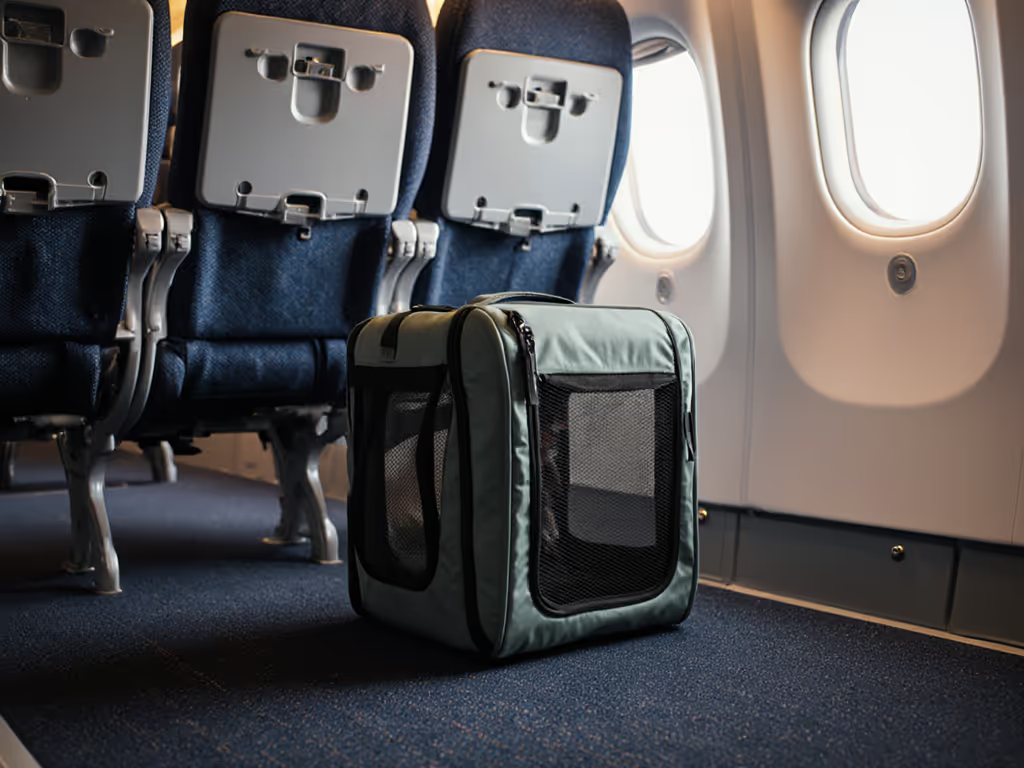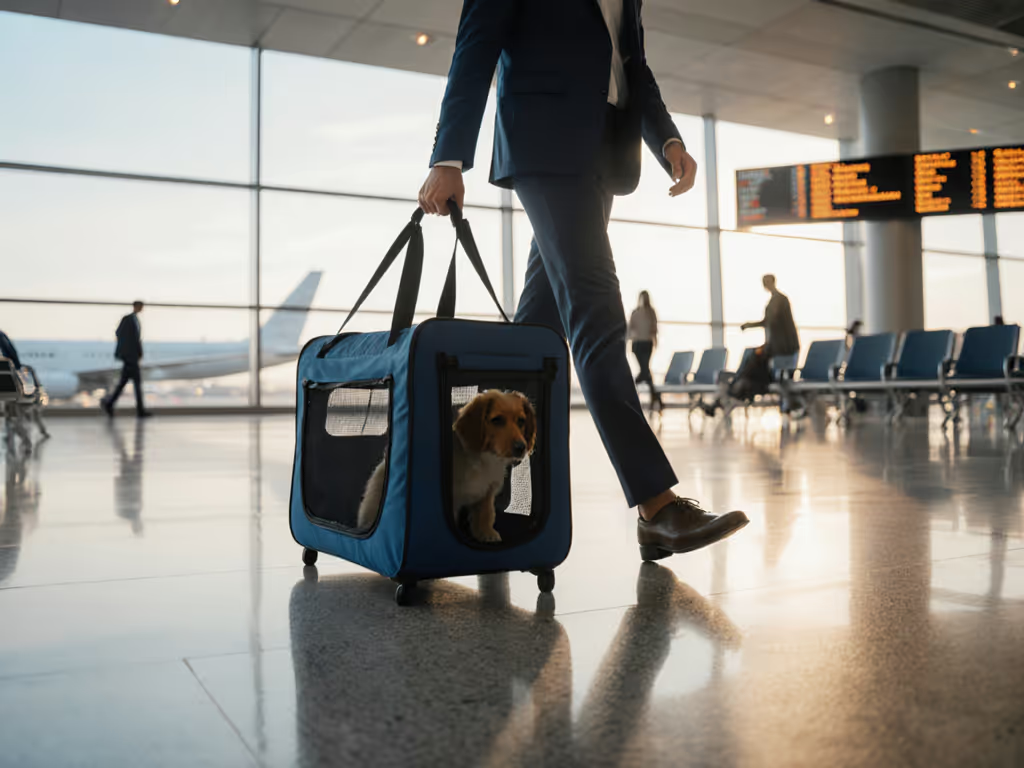
Airline-Approved Pet Carriers: Measure Right, Fly Stress-Free
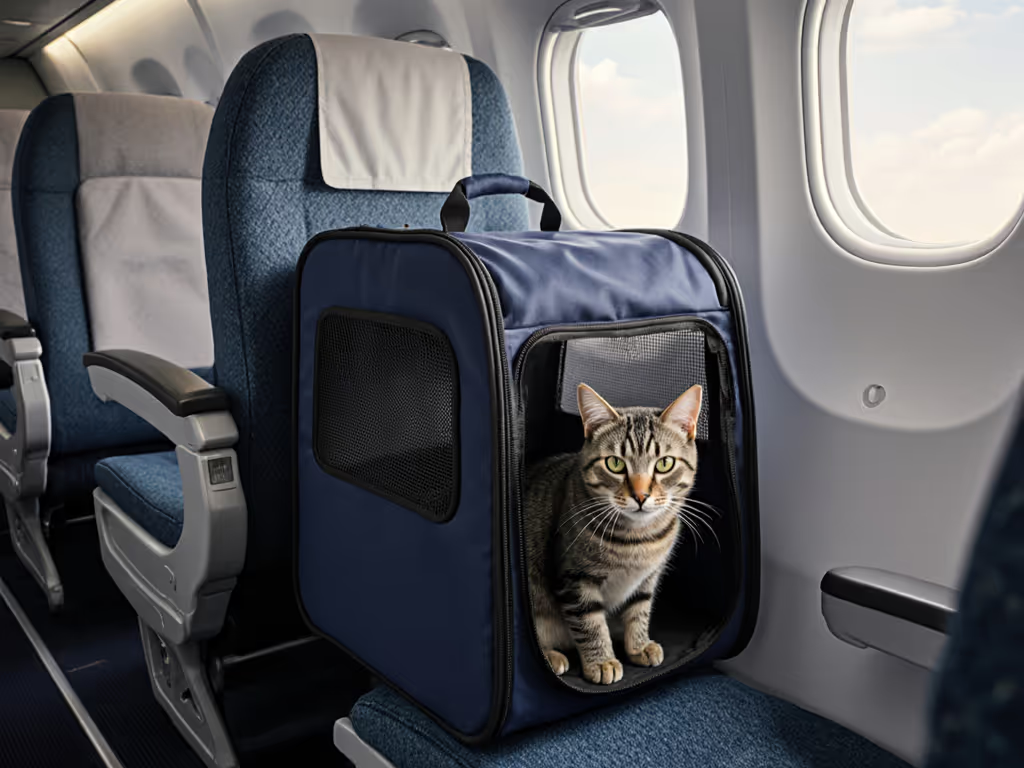
That heart-stopping moment when the gate agent pulls out a tape measure, your palms sweat, your pup trembles, and you wonder if this is the trip your airline approved pet carrier fails the compliance check. For millions of pet parents navigating complex pet travel regulations, airport anxiety often stems from confusing size rules, inconsistent enforcement, and carriers that ignore the real passenger: your nervous companion. What if calm began long before you zipped the door? Let's transform confusion into confidence through precise measurement and temperament-aware preparation.
Why Standard Measurements Fail (and How to Fix It)
Most travelers measure their pet once (often while the animal is relaxed at home) and assume it fits any "standard" carrier. But airlines enforce dimensions based on under-seat clearance, not total carrier size. Worse, aircraft models vary wildly: a United Boeing 737 MAX 9 requires soft carriers under 10 inches tall, while American Airlines' A321T allows 11 inches. Your dachshund's stretched-out nap posture might exceed "length" charts that only account for curled sleeping positions.
Your Precision Protocol:
- Measure in motion: Track your pet's max height at withers while standing, length from nose to tail base when stretched, and girth at the chest while seated. Do this during play, not sleep.
- Account for compression: Soft carriers compress slightly under seat edges. Add 1 inch to your pet's max height for "wiggle room" they'll crave during turbulence.
- Verify aircraft specifics: Use airline apps to check your exact flight's plane model 72 hours pre-trip. A Delta A320 has tighter under-seat space than a B737-800.
Never trust generic "fits most airlines" claims. True airline approved pet carrier compliance requires aircraft-specific tolerance.
Beyond Dimensions: Temperament-First Features That Prevent Panic
Regulations obsess over cubic inches, but your pet's nervous system cares about sensory safety. A carrier meeting IATA-compliant specs can still trigger panic if it ignores temperament. Consider:
-
Privacy without suffocation: Mesh panels for ventilation plus removable blackout flaps let anxious pets retreat from terminal chaos. Full-mesh carriers overwhelm noise-sensitive cats.
-
Zipper security: Standard zippers pop open under paw pressure. Look for dual-zip sliders with internal locking tabs (not just pulls) to foil escape artists.
-
Non-slip bases: Hard-shell carriers slide dangerously during taxiing. For a head-to-head breakdown of soft vs hard carriers for airline safety, see our soft vs hard airline safety guide. Soft carriers with rubberized bottoms stay planted (a critical detail for vestibular-sensitive pets prone to motion sickness).
This is where pet travel regulations meet real-world behavior. An IATA-compliant carrier fails if its loud Velcro startles your Shiba Inu into panic-chewing seams. Features like magnetic closures or silent zippers reduce sensory load, a priority for guardians prioritizing emotional safety over maximum volume.
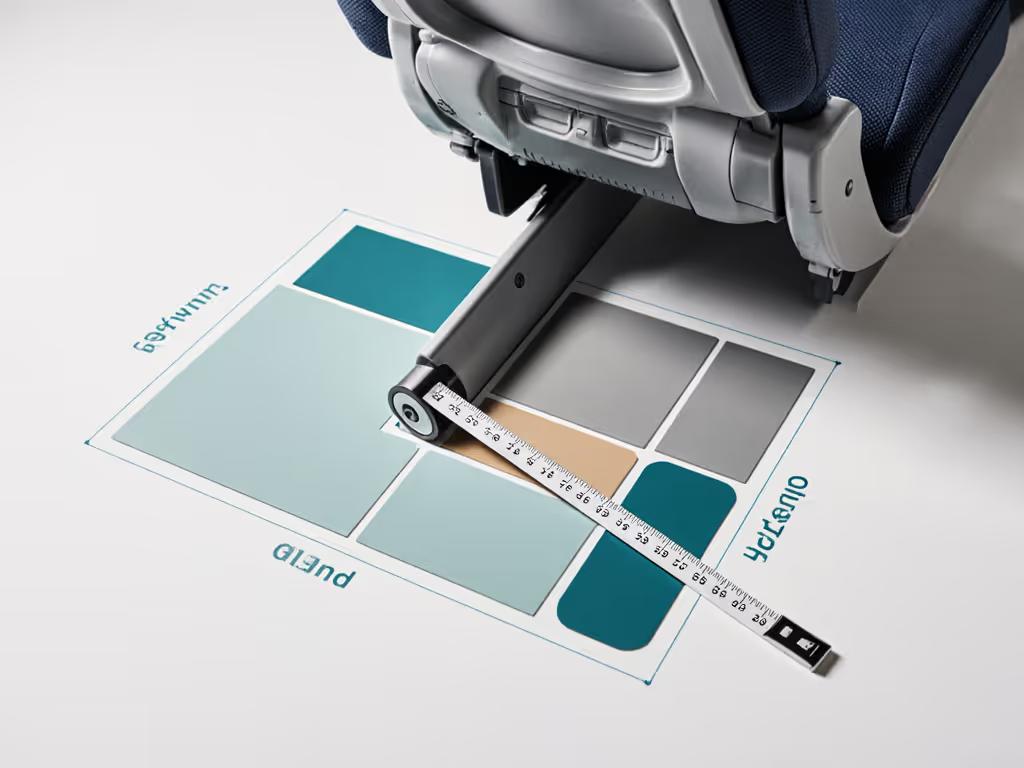
The Guardian's 21-Day Acclimation Blueprint
Regulatory compliance gets you through the gate. Temperament matching gets you through the flight without meltdowns. Remember: match the carrier to the nervous, not the other way around. Here's how we build true readiness:
Phase 1: Neutral Foundation (Days 1-7)
- Step 1: Place the carrier open and empty where your pet eats. No pressure. Just positive association.
- Step 2: Add high-value treats only inside the carrier. Let them retreat freely. Never trap them inside.
- Milestone: Pet enters willingly 3x/day for treats (no time pressure).
Phase 2: Micro-Movements (Days 8-14)
- Step 1: Zip the door while they're inside eating. Unzip immediately after they swallow. Repeat for 30 seconds.
- Step 2: Lift the carrier 6 inches off ground during snack time. Set down before they react.
- Milestone: Sustains zipped door for 2 minutes while you gently rock the carrier.
Phase 3: Flight Simulation (Days 15-21)
- Step 1: Add engine noise (YouTube airplane sounds) at low volume during carrier time.
- Step 2: Walk the carrier through the house while playing noise. Pause if panting exceeds 60 breaths/minute.
- Milestone: Tolerates a 5-minute walk with noise at 50% volume, zipped inside.
Notice the critical shift: We're not containing panic but preventing it. This graduated exposure timeline worked for a fearful shepherd who once pancaked at the sight of carriers (by starting with the base detached and building micro-sessions around dinner). Within weeks, she walked in on cue.
Navigating International Pet Travel: Documentation Pitfalls
International pet travel demands more than a compliant carrier. Airlines like United ban cabin pets to Hawaii or the UK, while European carriers require EU Health Certificates. Avoid these traps:
-
Verify both departure and arrival rules: Japan requires rabies titers 180 days pre-flight, too late if booked last-minute.
-
Pet flight documentation must include microchip numbers exactly matching vet records. A single typo causes denial.
-
Never assume carrier rules align: Lufthansa permits 18x11x11" carriers while KLM sticks to 17x11x9".
Pro Tip: Email airline pet desks 14 days pre-flight with your specific flight number requesting written confirmation of carrier specs. Screenshot their reply (it overrides gate agent guesses).
Your Action Plan: From Panic to Peace
Tomorrow, do this: Measure your pet's dynamic dimensions using the 3-step protocol above. Then check your next flight's exact aircraft model. Found a mismatch? Start acclimation now with the 21-day blueprint (before anxiety takes root). match the carrier to the nervous; compliance follows calm.
When you prioritize your pet's sensory experience within airline approved pet carrier frameworks, you're not just following rules. You're building a mobile refuge where whiskers twitch with curiosity, not fear. That's how carriers transform from triggers to havens, one micro-session at a time.
Related Articles

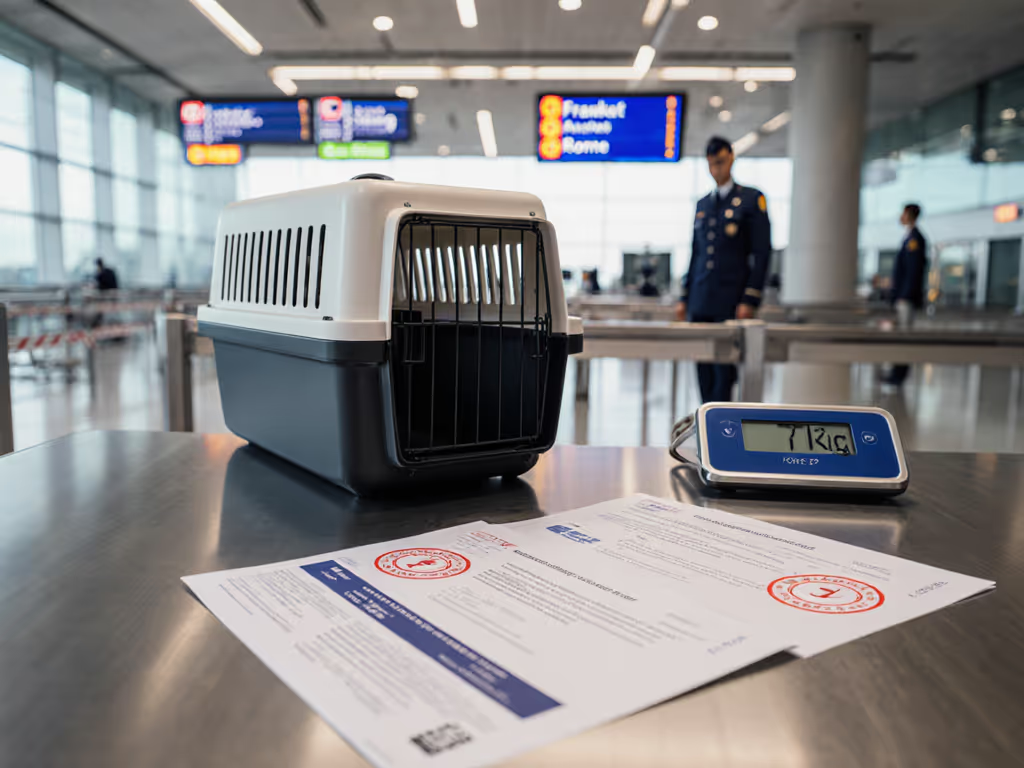
EU Pet Carrier Safety: Critical Differences From US Rules
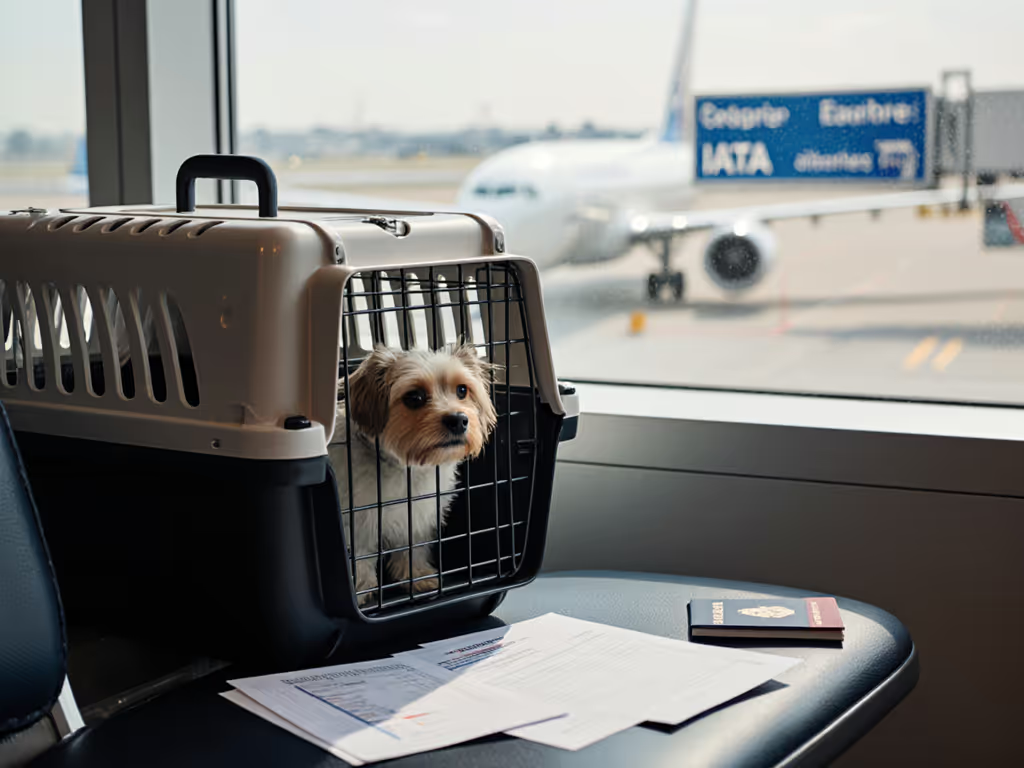
IATA Pet Carrier Requirements by Country
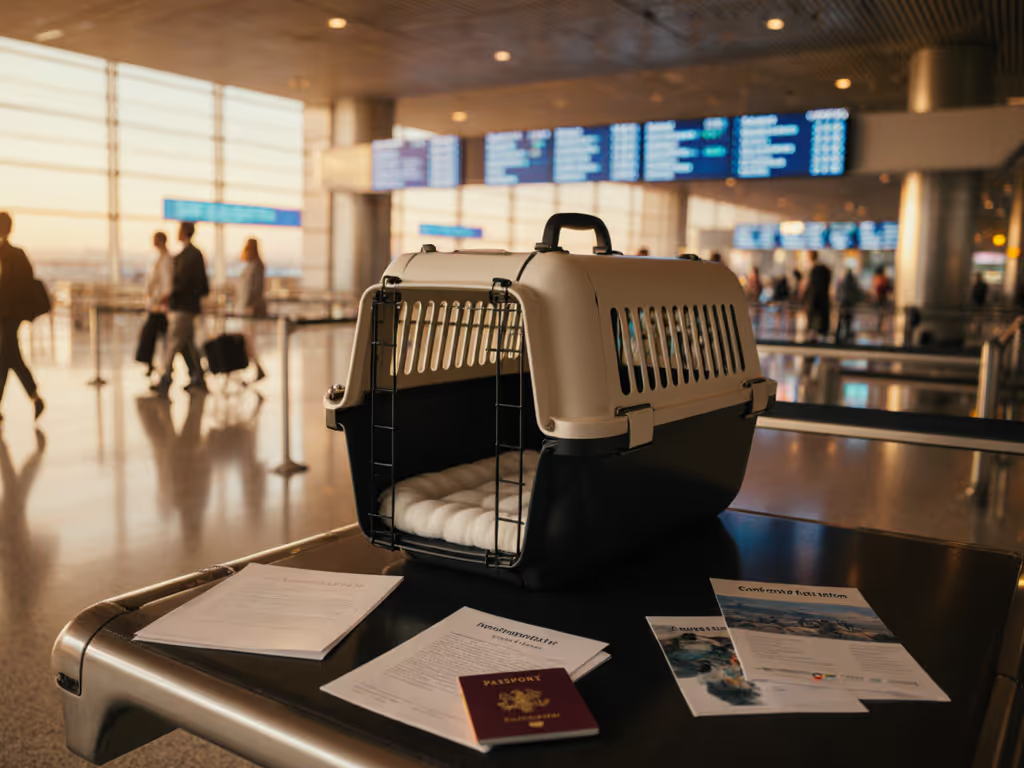
Stress-Free IATA Pet Carrier Guide: Global Regulations Compared
